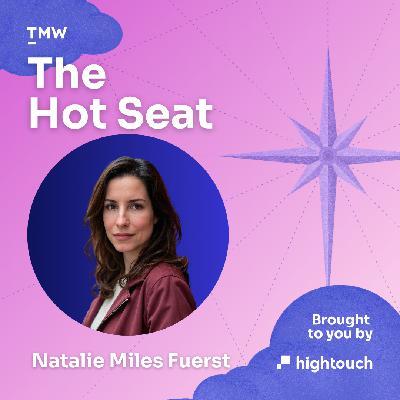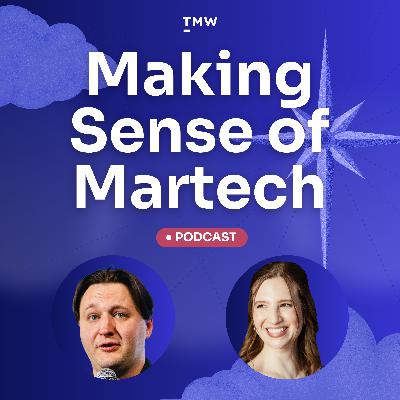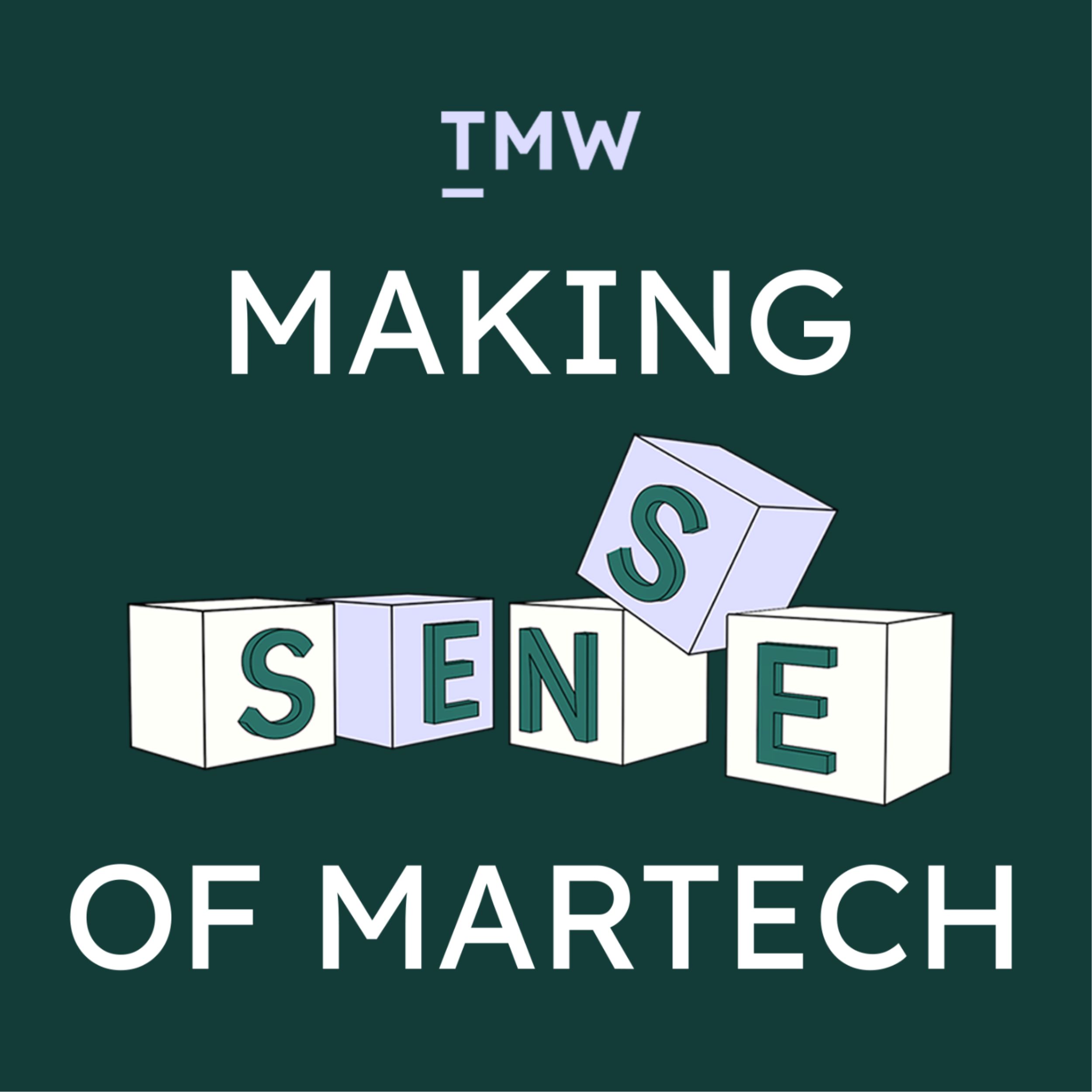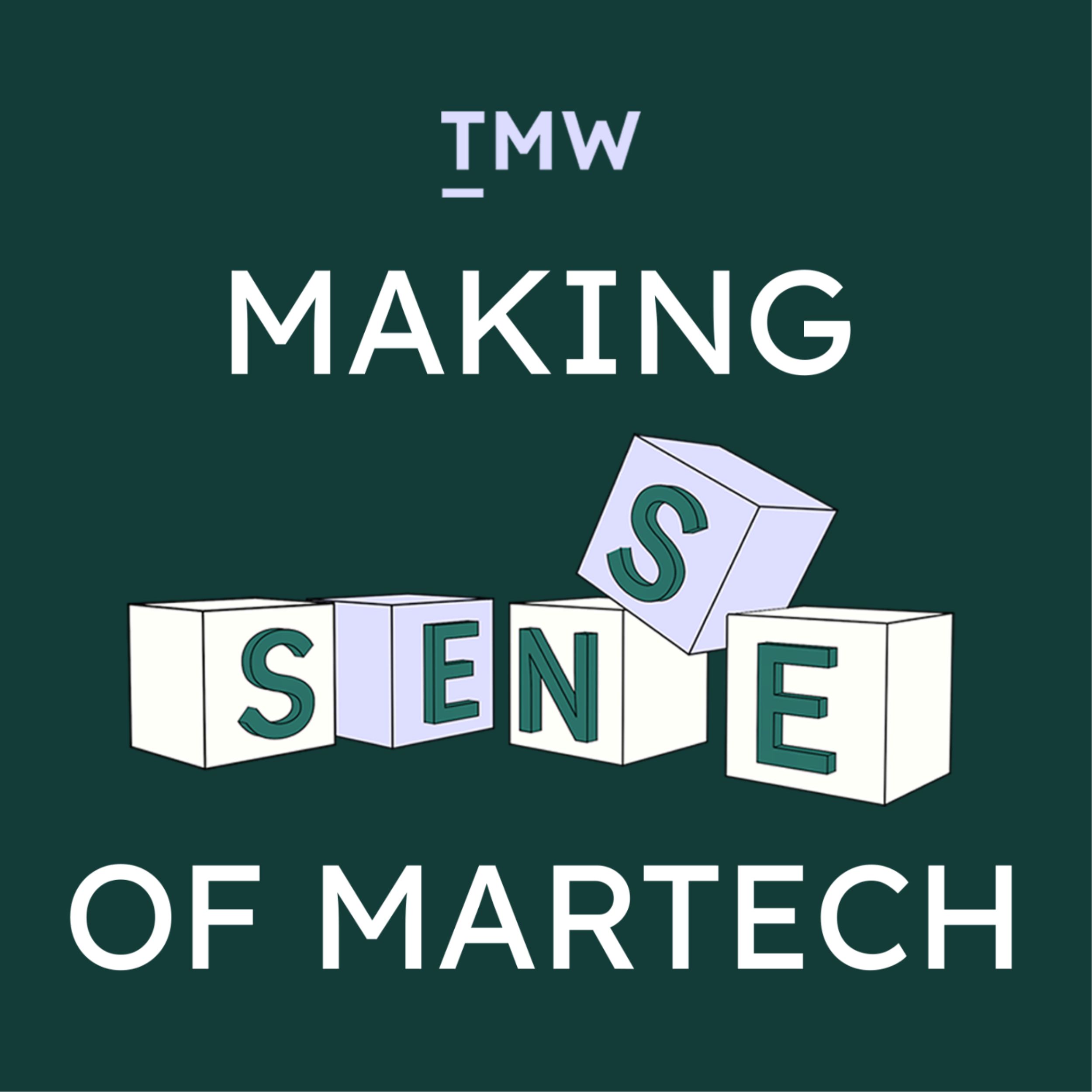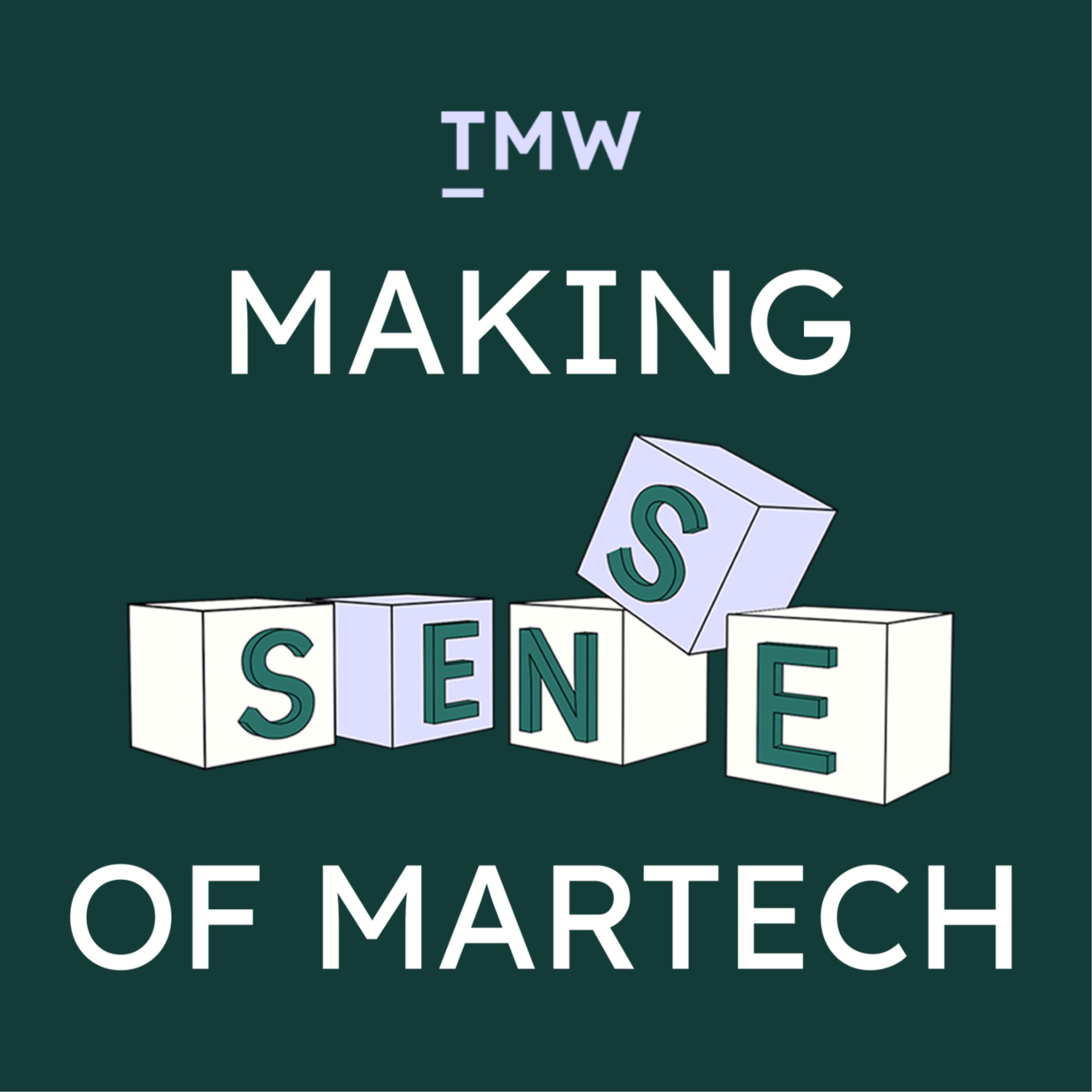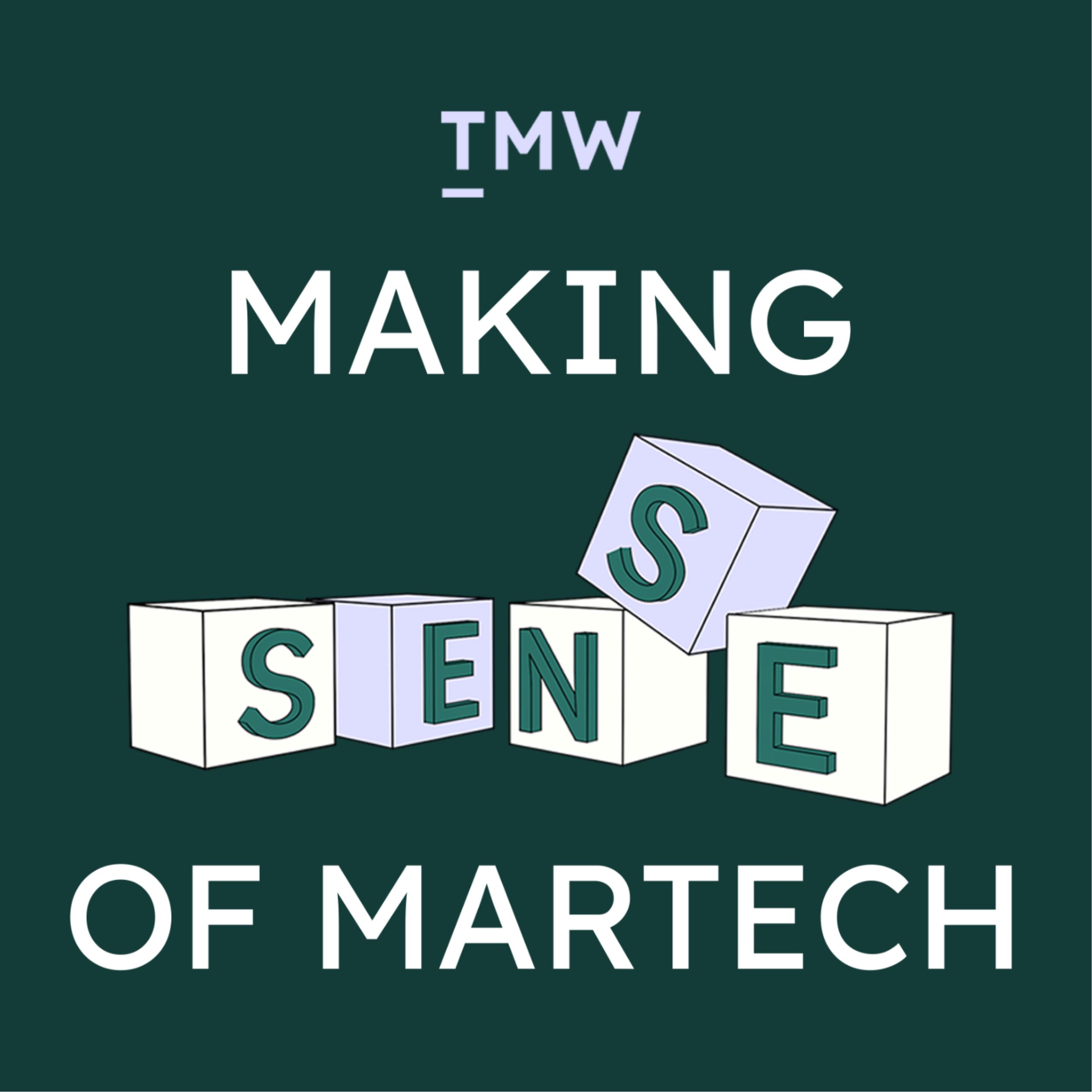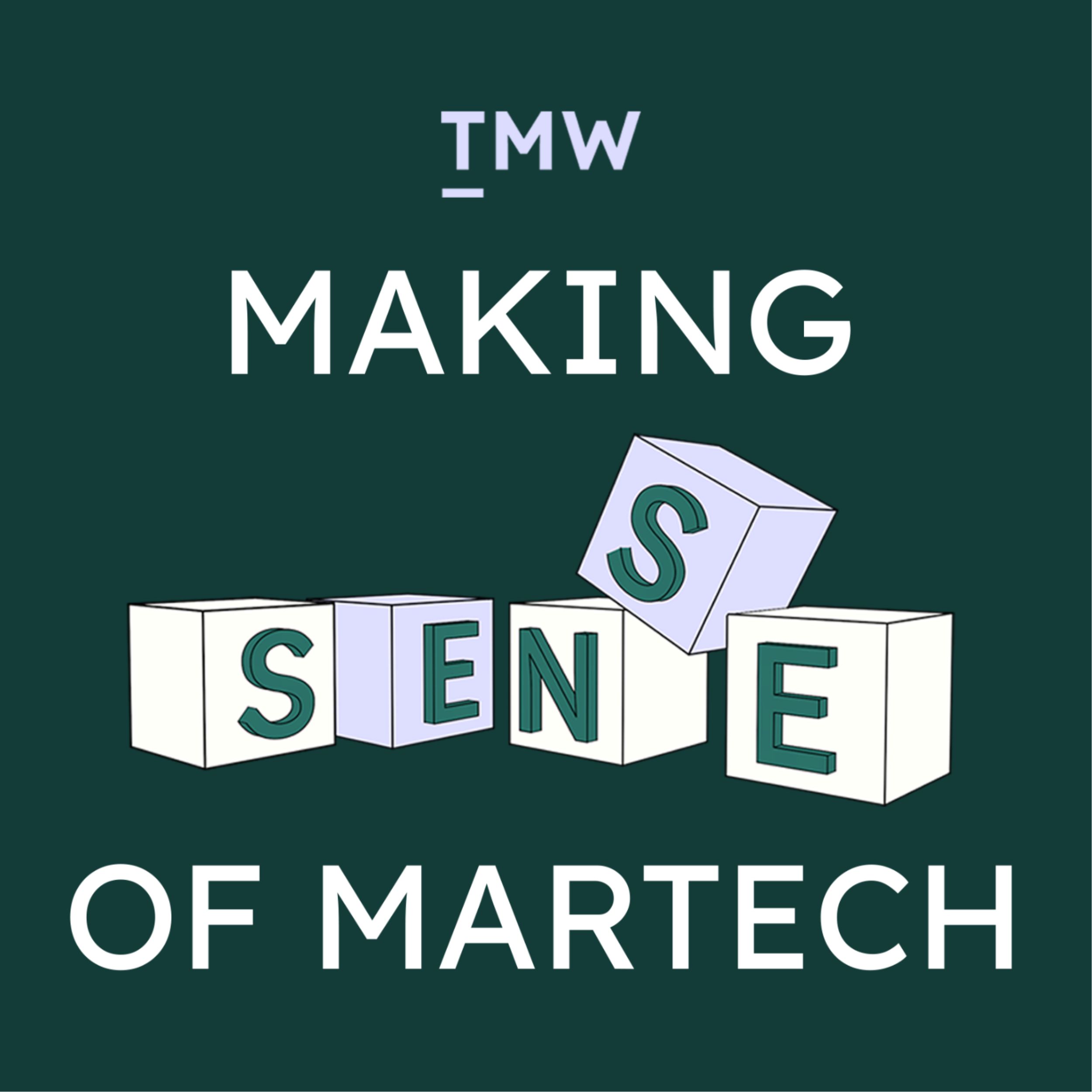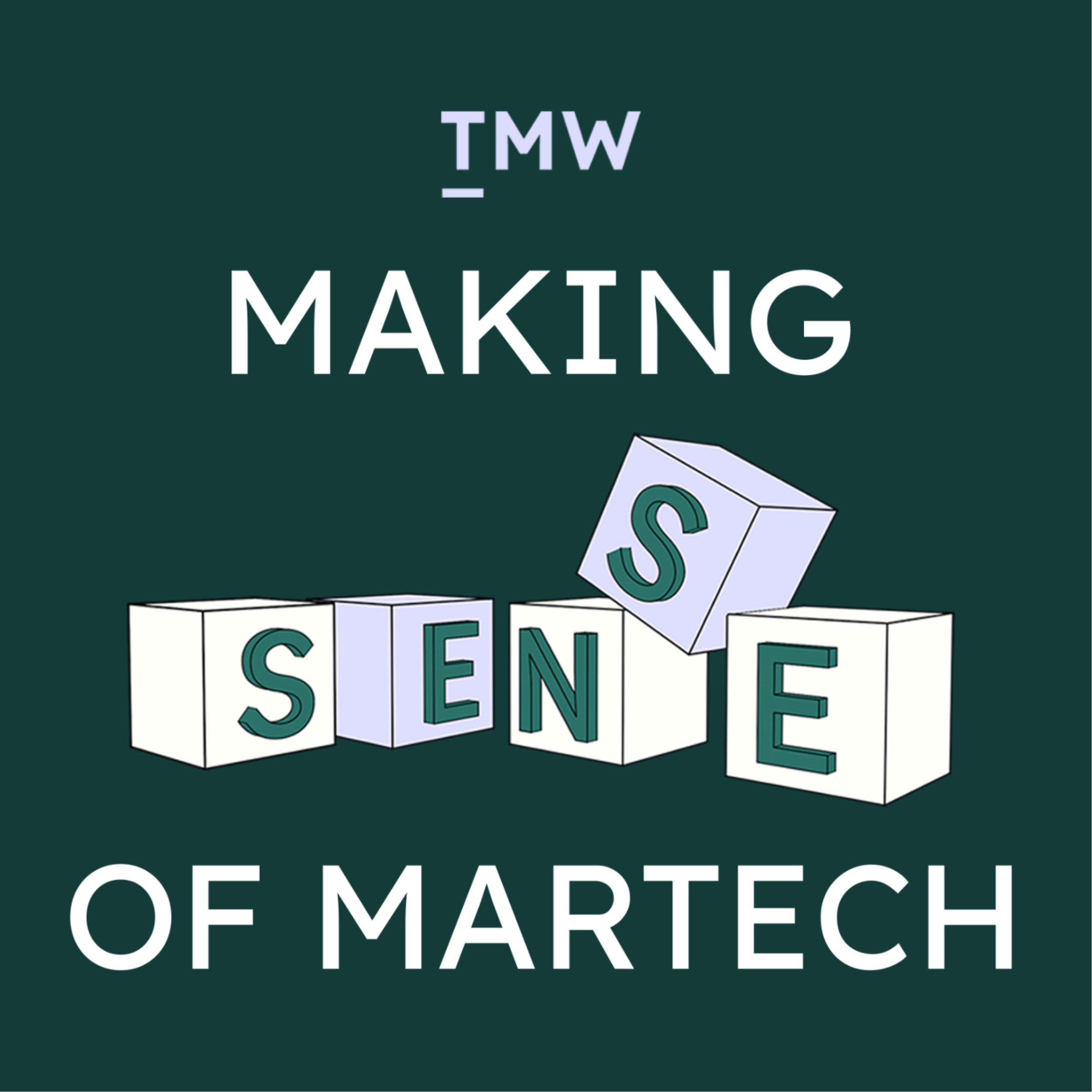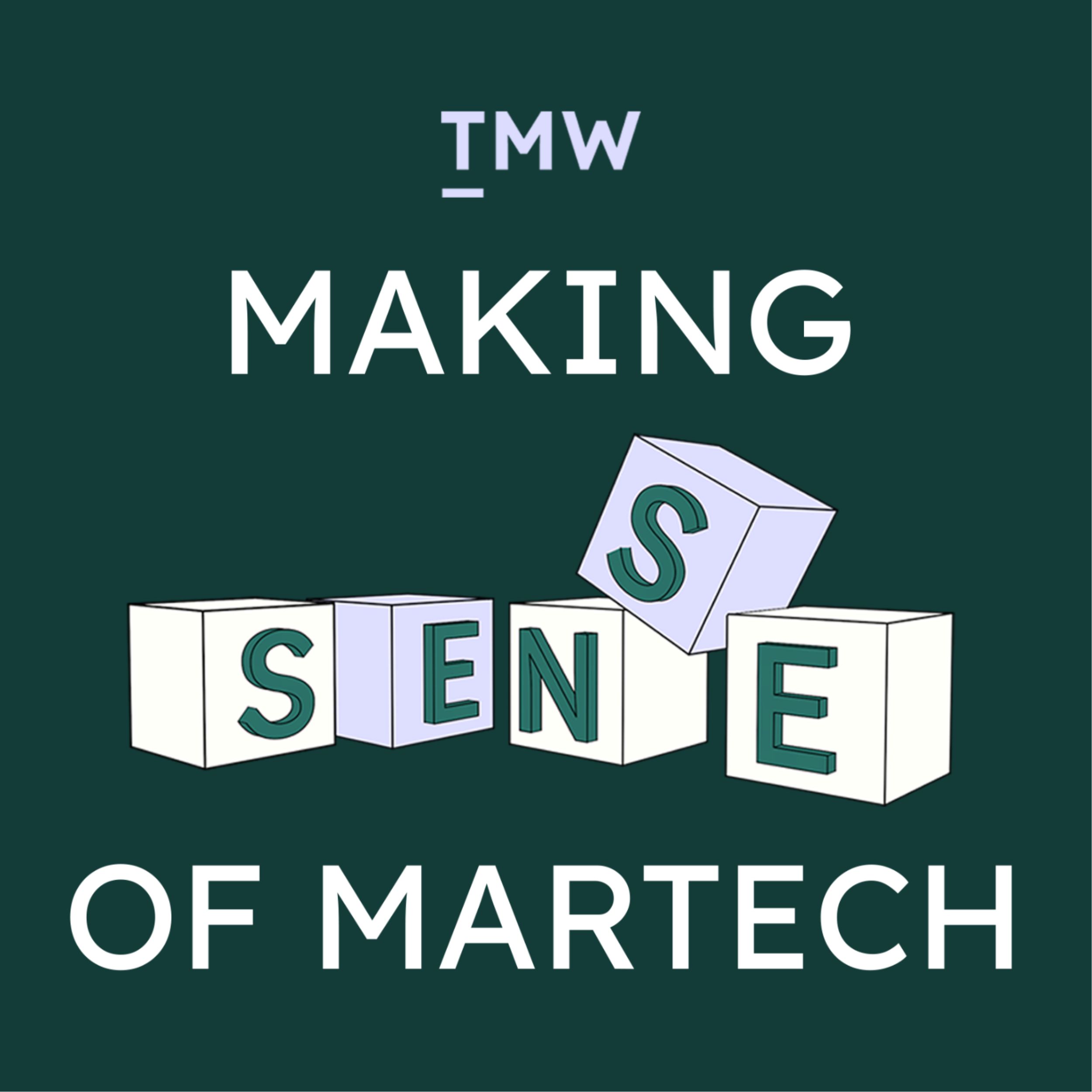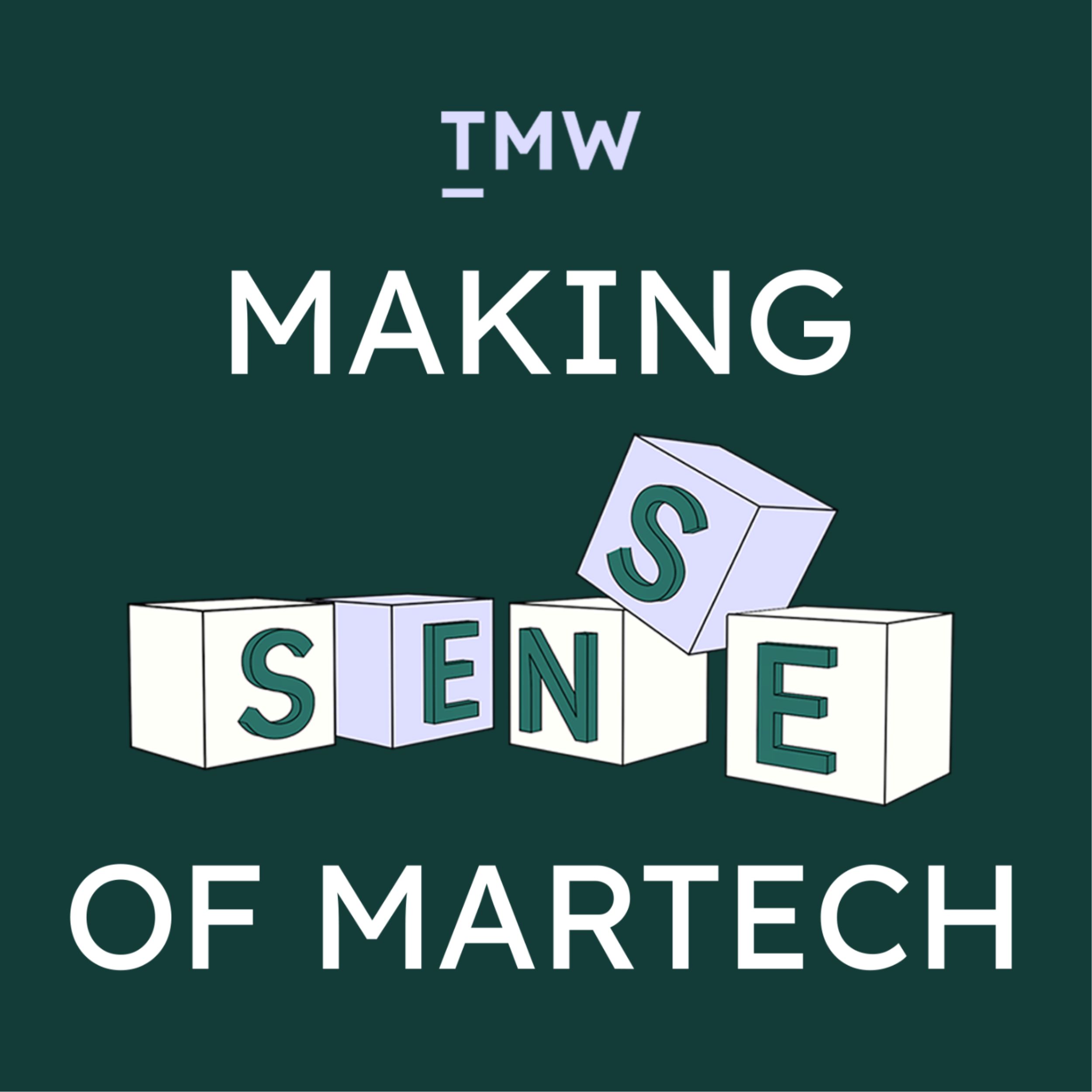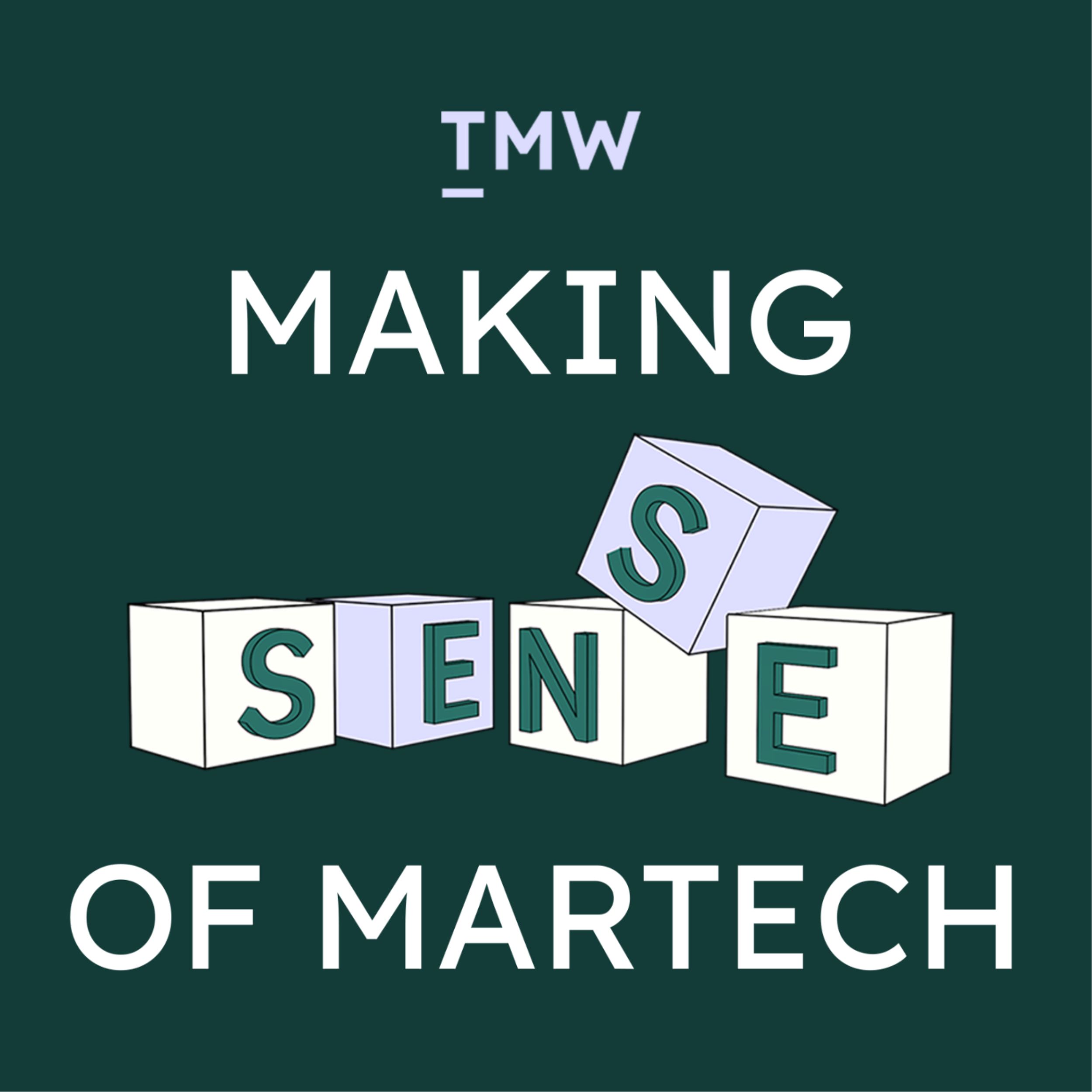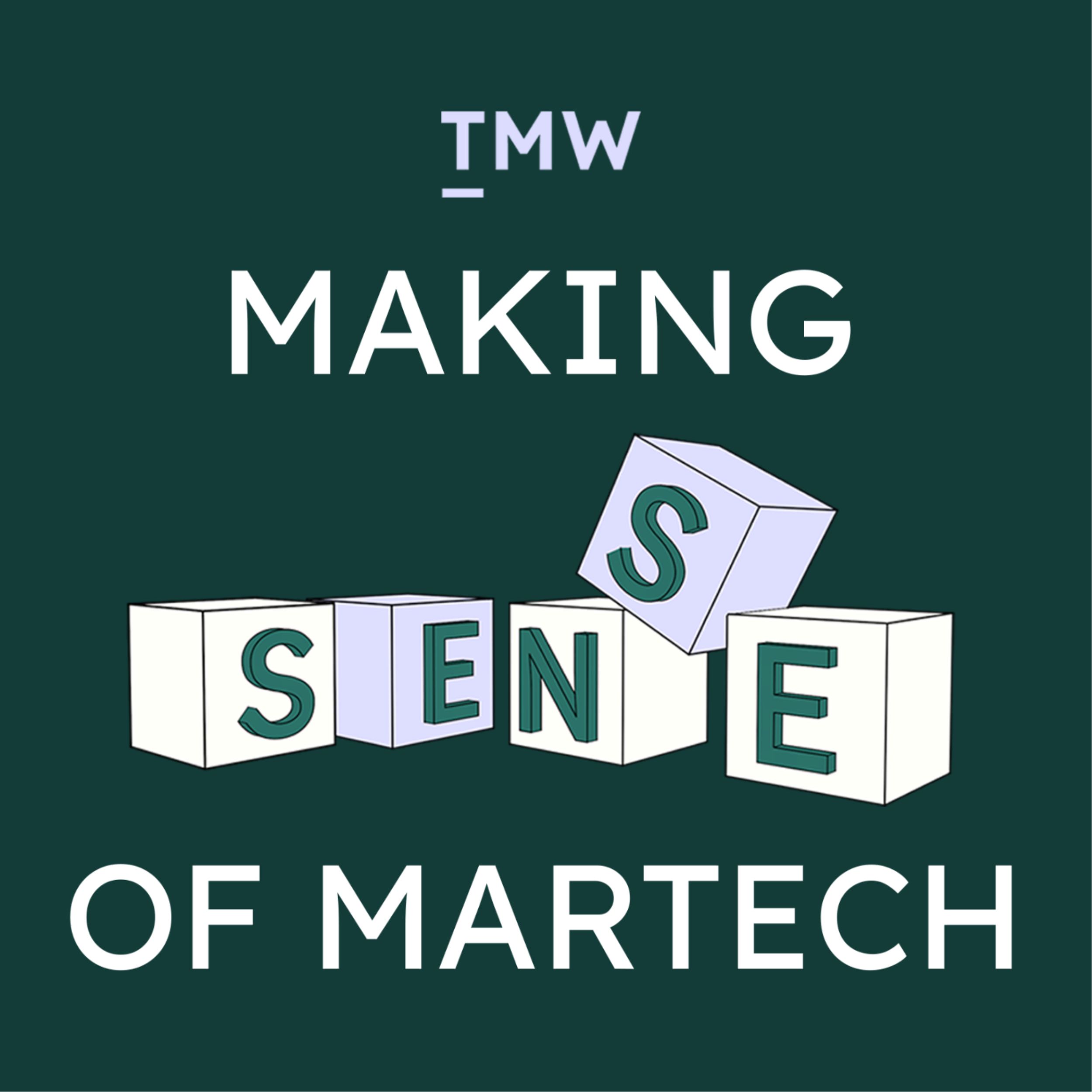Scaling to Billions: How to Design the Ideal Stack with Natalie Miles Fuerst of Grammarly
Description
"No one's data is perfect. I think the biggest challenge though ends up being more people, because what often happens is that companies of a certain scale, marketing orgs of a certain scale, oftentimes we start adding on products or new verticals and we hire marketers to be in charge of those specific products or verticals, and they work in these silos and isolation of each other." - Natalie Miles Fuerst
In this episode of Making Sense of Martech, we sit down with Natalie Miles, Staff Product Manager for Martech at Grammarly and former Head of Martech at Chime and Credit Karma. She is an expert in managing massive data volumes, driving scalable personalization, and assembling composable marketing technology stacks.
This is a must-listen for leaders and practitioners navigating the complex world of high-volume email, the composable CDP space, and the ever-present "build vs. buy" debate in the age of generative AI.
This episode wouldn't have been possible without the help of our sponsor, Hightouch.
Looking for a smarter way to activate your customer data? See what Hightouch can do for you at hightouch.com/msom.
Highlights
Learn the biggest challenge of scaling audience segmentation and deliverability to billions of emails per year, and why it's a "people problem" before a data problem.
Hear a hilarious and painful "epic fail" story involving a compliance email, a financial services company, and a sex hotline.
Understand the pros and cons of warehouse-native (composable) CDPs versus traditional, off-the-shelf solutions, and why the term "CDP" is fuzzy.
Discover the key difference between real-time and batch data delivery and how to decide what your use case truly needs.
Natalie's "dream scenario" tech stack for a high-volume, modern company, including her top picks for reverse ETL and ESPs.
Learn how to define a North Star metric that aligns with customer engagement signals with long-term LTV and business outcomes.
Episode Breakdown
00:01:35 - Rapid Fire: Night Owl, Favorite Martech Tool (It's not an ESP), and Vibe Coding.
00:03:43 - Professional Admiration: Why Credit Karma's marketing cohort was a special "incubator."
00:05:33 - Epic Fail: The compliance email, the phone number, and the sex hotline.
00:09:20 - Reversing a Major Martech Decision: When a personalization tool isn't worth the price.
00:11:29 - Scaling to Billions of Emails: The challenge of data hygiene vs. the people problem.
00:15:54 - Composable CDPs: Deciding between real-time bvs. batch data.
00:20:20 - Predictions: The future of composability and why "CDP" is a fuzzy term.
00:26:02 - The Age-Old Questions: Build vs. Buy in the age of Generative AI.
00:31:48 - Aligning Customer Engagement: How to define a North Star Metric that drives LTV.
00:35:53 - The Dream Martech Stack: Natalie's top picks for a high-volume, modern comapny.
00:39:25 - The AI Risk: Why you don't want to be the "first adopter" of an AI-powered ESP.
Key Takeaways
The biggest Scaling Challenge is Organizational: At high volume, the main issue isn't data quality but the "tragedy of the commons" where siloed teams send overlapping campaigns, leading to user fatigue and churn. Having an "air traffic control" function is crucial.
Composability Solves for Alignment: The fuzzy definition of "CDP" and it's high cost highlight the need for composability. The warehouse-native approach is "very bullish" because the underlying data should be the single source of truth for both marketing and product/finance.
Build vs. Buy is Fluid: The decision has historically leaned toward buying third- party tools because in-house development often results in difficult-to-use and unreliable tools, diverting precious engineering resources from core product capabilities. However, the emergence of generative AI could dramatically change the "build vs. buy calculation".
The North Star Must Connect to Value: A true North Star metric should be time-bound, align with the natural cadence of product usage (e.g., daily active users for Grammerly)
Subscribe to Making Sense of Martech wherever you get your podcasts. Leave a review, share with your team, and send us your questions and confessions. We may feature you in an upcoming episode. Hope you enjoyed the episode!

